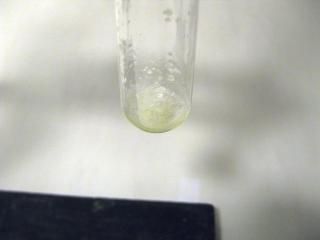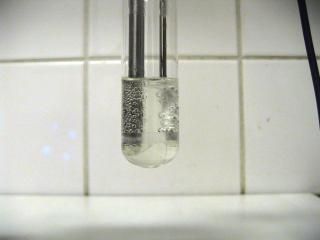I have seen modified cameras (e.g. Canon SX150 or Sony CyberShot), sold by a UK-based company, where you must specify the filter to be built into the
camera. Choices are
1) Monochrome Infrared: below 700nm opaque, above 800nm transparent, inbetween smooth transition from opaque to transparent.
2) Faux Colour Infrared: below 600nm opaque, above 695nm transparent, inbetween smooth transition from opaque to transparent.
3) Goldie: Below 550 nm opaque, above 550 nm transparent. Sharp transition from opaque to transparent at 550 nm.
4) Super Enhanced Colour: opaque below 650 nm, transparent above 750 nm, inbetween smooth transition from opaque to transparent. Also a /\-shaped area
with max. transparency around 460 nm.
5) Deep Contrast: below 850nm opaque, above 900nm transparent, inbetween smooth transition from opaque to transparent.
6) No filter, full spectrum (UV/VIS/IR) |























